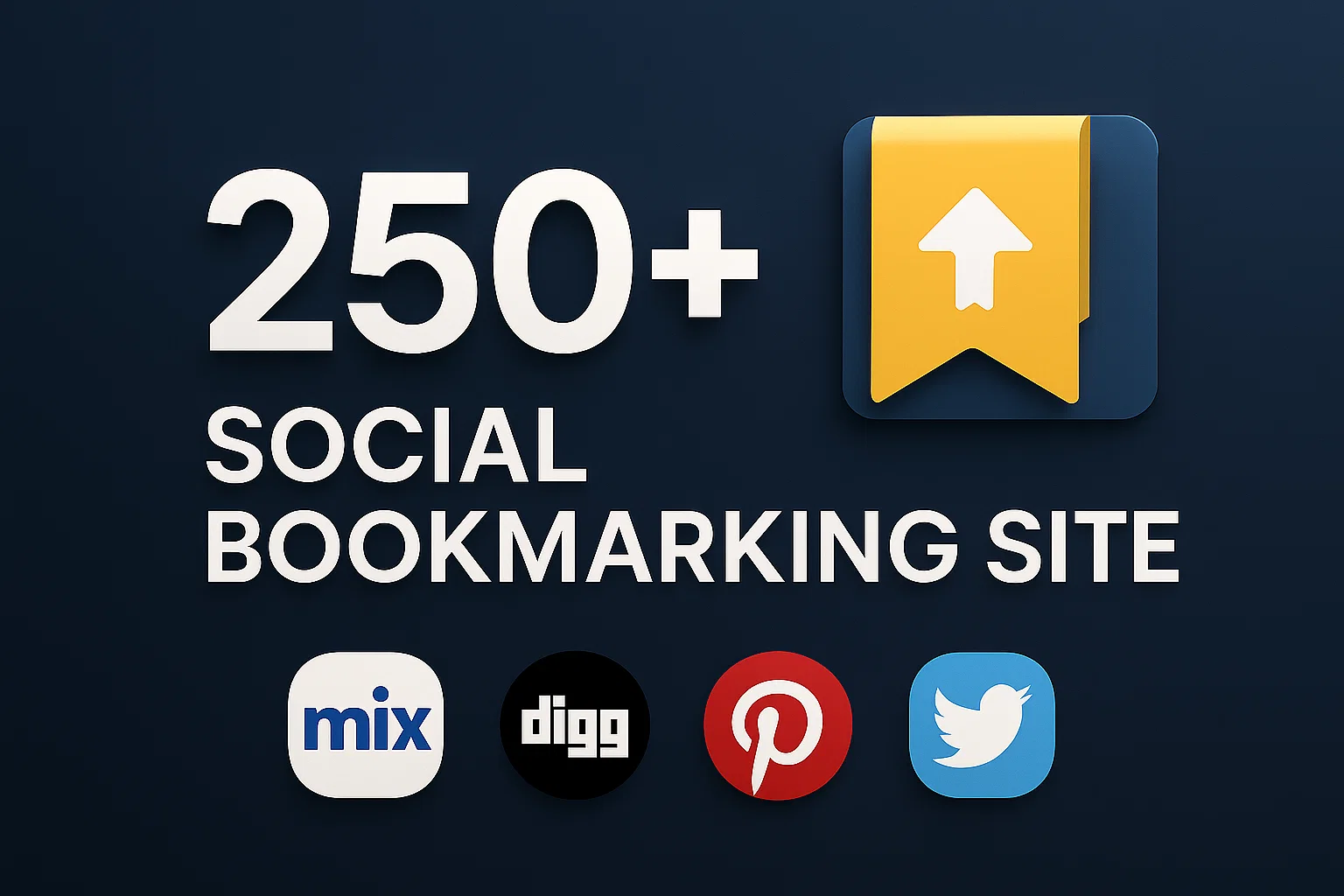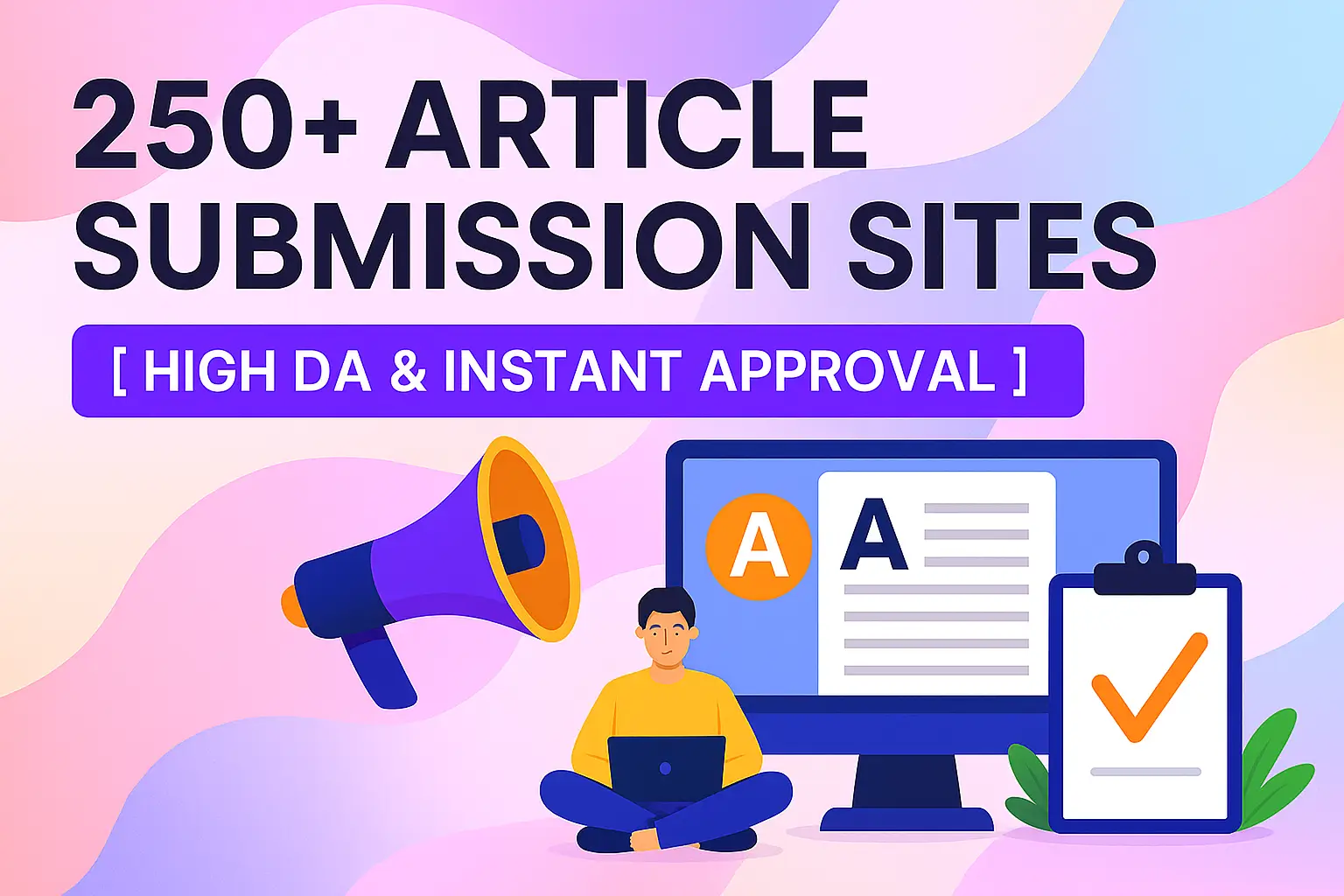What: This article provides information on how to start blogging in India as a beginner. It delivers details about niche markets and tips for creating convincing blogs.
Why: This article guides readers to start their blogging career in India with tips and top niche ideas.
If you want to know how to start a blog in India, then you’re in the right place. Blogging is a great way to share your expertise and opinions on topics you are interested in while making some money. It is presumably the best way to generate lifelong income.
It is increasing in popularity, with bloggers capitalizing on various niches such as technology, tourism, fashion, and lifestyle. Let’s delve into how to start blogging, the tips you require, and the top niches to start blogging in India.

What is a blog?
A blog is a virtual space where people or organisations may exchange information, ideas, and experiences on a variety of subjects. It’s similar to a digital journal or diary but with the ability to reach a larger audience. Bloggers write postings, usually in reverse chronological order, on various topics such as personal experiences, interests, expertise, or industry insights.
These blogs often invite reader participation via comments and provide a platform for people to express themselves. Blog styles range from informal and conversational to professional and instructive, appealing to various online interests and objectives.
How To Start A Blog in India
- Decide a niche
Starting a blog in India requires a few critical steps, the first of which is to identify your topic. A niche is the exact topic or subject area on which you want to concentrate your blog. It is critical to choose a niche that is consistent with your interests, experience, and the demands of your target audience.
Consider themes such as travel, technology, fashion, health, and personal finance. Once you’ve determined your niche, you may personalise your material to a particular audience, making your blog more interesting and useful to visitors.
- Research the Target Audience
It is essential to understand audience tastes, needs, and content that connects with them. This in-depth understanding is the foundation for tailoring your blog to correspond effortlessly with your audience’s expectations.
You not only cater to their specific interests, but you also build a deep relationship that goes beyond the surface. Tailoring your content to fit your audience’s expectations is equivalent to designing an experience that speaks directly to their needs and difficulties.
This personalised approach helps not just to attract readers but also to foster a feeling of loyalty and involvement. As you begin creating content, the insights acquired from studying your audience serve as a guiding light, directing your creative efforts toward creating a community of devoted readers.
- Understand Your Competitors
It is like beginning an adventure when you start your blog. Examine other successful blogs in your area. Consider it like researching what previous explorers have discovered in the same jungle you’re going to visit.
Examine these blogs carefully to see what makes them unique. It is their writing style, the themes they cover, or how they interact with their audience. You’ll obtain a treasure map for your trip if you determine what makes these blogs unique. This gives you a better understanding of what readers enjoy and what works well.
- Get a suitable domain name
When naming your blog, make sure it communicates something about what it is about. Consider using this name to give your site a distinct personality. It should be simple to remember, like a friend’s name. Also, make sure it reflects the tone of your blog.
For example: You wouldn’t call your pet fish “Fluffy,” so your domain name should make sense and feel natural. Check to see if anybody else has already claimed a similar name – you want your blog to stand out, not be confused with someone else’s.
I recommend using Intronexus for purchasing your first domain name. They offer affordable and easily accessible domain names.
If you’re feeling a bit confused about choosing a domain name, don’t worry! You can generate some awesome domain name ideas by checking out these helpful sites –
- https://domainwheel.com/#gref
- https://www.nameboy.com/
- https://themeisle.com/domain-name-generator/
- Select the right platform
Selecting a blogging platform is similar to selecting the correct set of tools for a work. WordPress is one platform that many people like using and it Powers Nearly 43% of All Websites. It’s like a superhero tool since it can perform various things, and you can customise how it looks and works. It is also easy to use, even if you’re not a computer expert.
WordPress is used by many individuals all around the globe, so it’s like joining a large blogging community. But here’s the thing: several blogging platforms are available, just as various tools for various occupations. Take a look at what each platform has to offer before deciding.
Some Advantages Of Using WordPress Are :-
- Its user-friendly interface makes it easy for beginners to navigate and manage their content seamlessly.
- A wide range of themes and plugins are available, providing a high degree of customization for a unique look and functionality tailored to your preferences.
- WordPress’s robust SEO capabilities optimize your content for search engines, increasing visibility and attracting more traffic.
- The strong community of users and developers ensures support and resources are readily available to solve issues and expand your blog’s capabilities.
- Get Web Hosting
Investing in superb web hosting is like selecting the ideal location for your home. You want a dependable location that will not cause your guests to get delayed in traffic. So, choosing a hosting company is like locating the finest neighborhood for your site.
Look for a quick one; you don’t want visitors to wait hours to get inside. Consider customer service – it’s like having friendly neighbours who can help if anything goes wrong.
Here are some of the
- Hostinger
- Intronexus
- Namecheap
- Write And Customize Your Blog
After you’ve finished configuring your domain and hosting, adjust the design of your blog to reflect the topic of the material you plan to produce. Logging into your account, for example, sends you to your blog’s management page if you use WordPress. Then, choose and activate a blog theme that fits your purpose and style.
Individual blog features like font styles and colour schemes may also be customised to match your brand identity or genre. You may begin publishing material after completing your blog’s technical parts and selecting the layout.
- Publish Your first Blog Post
Though the technological aspect is crucial, the content is what draws people in and keeps them coming back to your site. The subject of your blog and your area of expertise determines the sort of information you publish.
Most bloggers start with a short article introducing the author and describing the site’s goal. On WordPress, you can make a new post by going to your admin panel and clicking the “Add new” option under the “Post” menu.
Top 5 niches to start blogging in India
- Personal finances
A booming industry with a rising interest in money management, investing, and meeting financial objectives. You may include saving advice, financial education, investment methods, and debt management to appeal to a wide range of people looking for financial stability.
- Health and wellness
Health and wellness is a prominent speciality in India, with a rising emphasis on exercise, nutrition, and mental health. The demand for health and wellness goods, services, and marketing drives up CPC rates in this area.
- Technology
India’s technology landscape is strong. You may explore gadget reviews, app suggestions, software lessons, cybersecurity advice, and upcoming topics such as AI and automation. Cater to computer enthusiasts, students, and professionals looking to navigate the ever-changing digital ecosystem.
- Travel
India’s rich history and diverse destinations provide endless content. Share travel tips on a budget, discover off-the-beaten-path locations, curate experiences in the local area, or concentrate on adventure tourism or responsible tourism. Travellers from India and abroad seeking out unique experiences are your target audience.
- Fashion and Beauty
Trends and individual styles are essential in this ever-changing niche. Share Indian fashion trends, makeup tips, skincare routines, product reviews and wardrobe ideas. Cater to young, fashion-conscious audiences looking for inspiration and guidance in this dynamic industry.
A while back I created an in-depth video on selecting a niche for a blog as a beginner. Feel free to watch the complete video to gain a better understanding of the niche selection process. And if you are still confused after watching the video here’s a sheet which hundreds of niche to choose from –
Tips For Starting A Successful Blog
- Do keyword research
Before establishing your site, conduct some keyword research and use such terms to improve traffic. Tools like Ahrefs, SEMRush, and AnswerThePublic may assist you in locating the best market keyword.
Here’s a complete in-depth playlist on How To Do keyword research
- Add an About page
You’ll need somewhere to share your narrative and assist new people in getting started. You may include a “about” page on your website to help consumers engage with your brand and learn more about you.
- Keep headlines compelling for SEO
Consider creating engaging headlines that capture attention and encourage sharing. It also increases click-through rates, which may assist with ranking search engine results pages (SERP).
- Set up analytics on your site
Various analytics software options are available to assist you in determining your most popular content, visitor source, and other information. Set up analytics on your website to measure user involvement.
- Set a posting schedule
Consistency is essential; blogging once or twice a week might help you interact with your audience. It also sets regular deadlines, which might help you remain motivated.
- Optimise your blog for search engines
Using keywords likely to appear in Internet searches is one of the most effective strategies to attract new readers to your site. You may do this by organically adding the keywords you want to target in your blog title and content.
Conclusion
Starting a blog in India can be an exciting and rewarding endeavour. Aspiring bloggers can build a solid basis for their online presence by following the steps described in this article. Remember to define your niche, publish high-quality material, and interact with your audience via numerous media. Maintain consistency, remain patient, and adapt to the ever-changing blogging scene.
You can establish a successful blog that represents your distinctive voice and connects with a varied audience in India’s dynamic and thriving blogging community with the appropriate combination of enthusiasm, effort, and strategic preparation. So, start blogging and let your talent shine in the digital world!
FAQ’s
How much does it cost to start a blog in India?
Initial prices for name, hosting, and basic themes might vary from INR 3,000 to 10,000. Hosting costs of INR 200 to 1,000 may be included in monthly expenditures.
Can I start blogging without any technical knowledge?
Platforms like WordPress have user-friendly interfaces. You don’t need to know how to code to get started; plenty of tutorials are accessible.
What are the most profitable niches for Indian bloggers?
Personal finance, technology, and lifestyle are all profitable areas. For best outcomes, tailor material to Indian audiences.
How long does it take to see results from blogging?
The time it takes to see results from blogging varies, but it might range from several months to a year. Consistent and high-quality content, effective advertising, and SEO optimisation are critical components for achieving faster results. Patience and patience are essential in creating a successful blog.
Can I blog part-time while working a full-time job?
Yes, many bloggers begin their careers as part-timers. Posts should be planned and scheduled properly. The quantity of time invested is less important than consistency.




